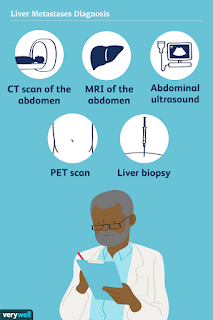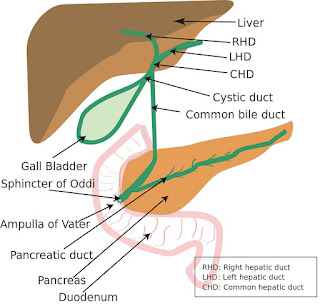Anti-tumor activity of a recombinant measles virus against canine lung cancer cells | Scientific Reports

lung cancer spread to liver :: Article Creator Tracking Lung Cancer's Path It's common for lung cancer to metastasize, or spread. In fact, 57 percent of lung cancer patients are diagnosed when the cancer has already metastasized, according to an editorial in the Annals of Cancer Epidemiology. [1] Lung cancer also has a preferred path, traveling most often to the bones, brain, adrenal glands, and liver. [2] [3] Why Does Lung Cancer Spread So Easily? Lung cancer may metastasize readily because the lungs are a cellular traffic hub of the body. "The job of the airway is to deliver oxygen to all of your cells, so it's easy for cancer cells to get from the airway lining to the blood and spread to other organs," says Paul Bunn, MD, a professor of medical oncology at the University of Colorado School of Medicine in Aurora. Why Do Lung Cancer Cells Spread to Certain Organs? "Some organs produce a cellular signal tha



